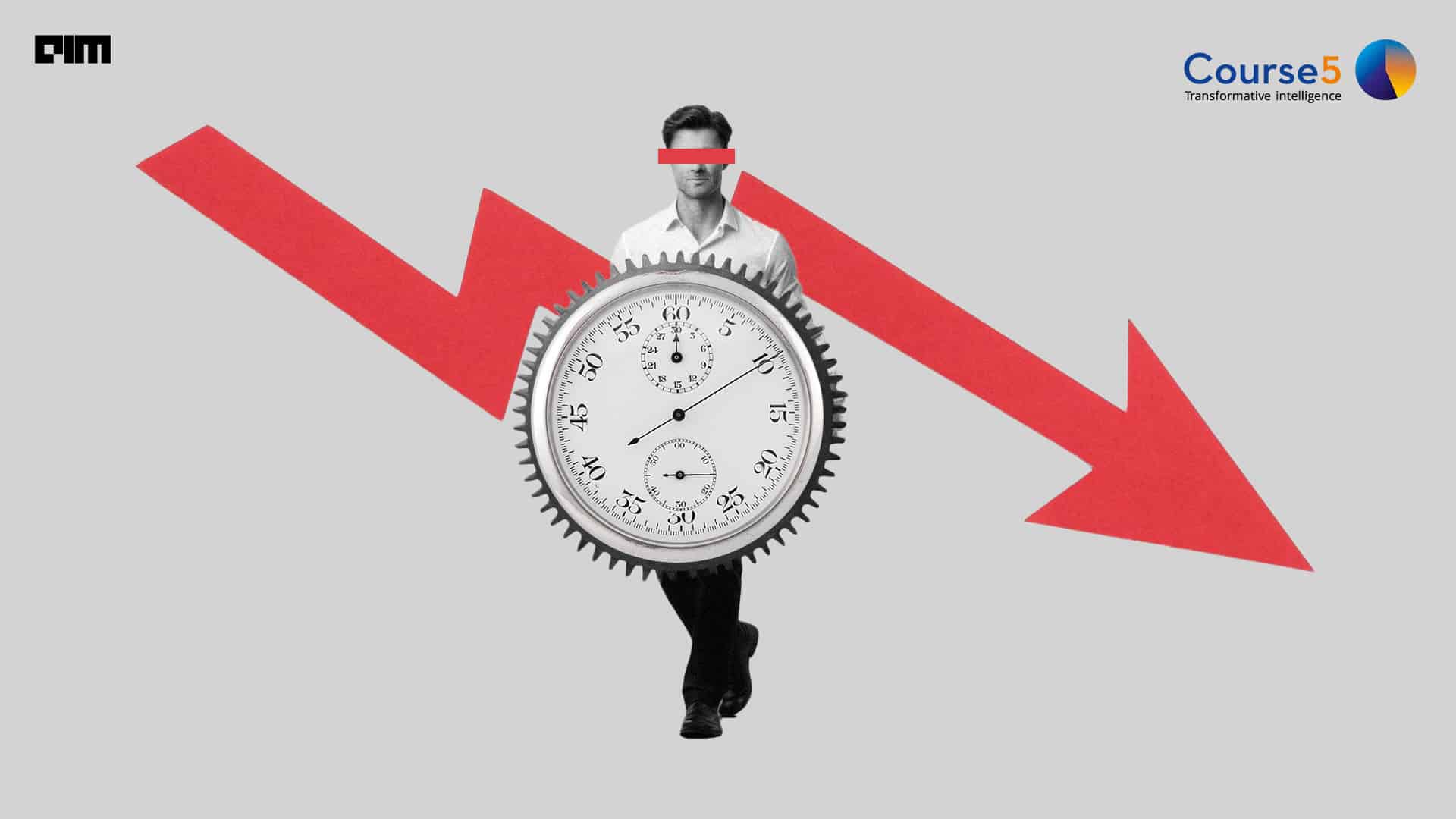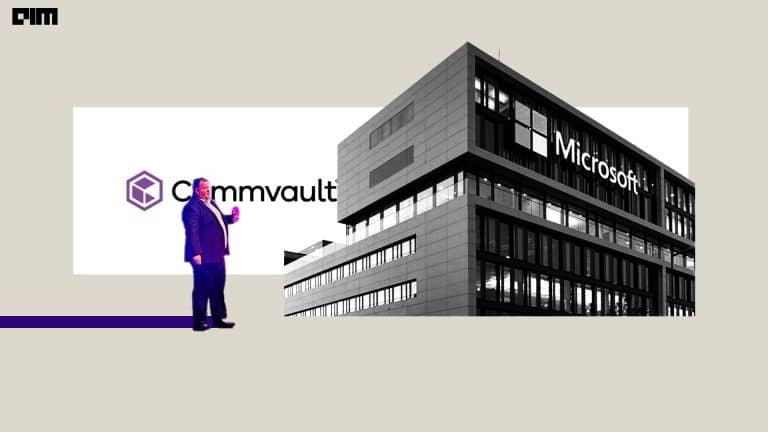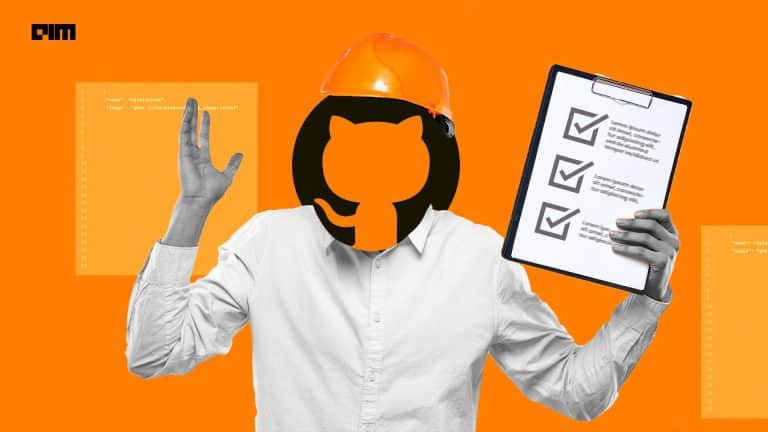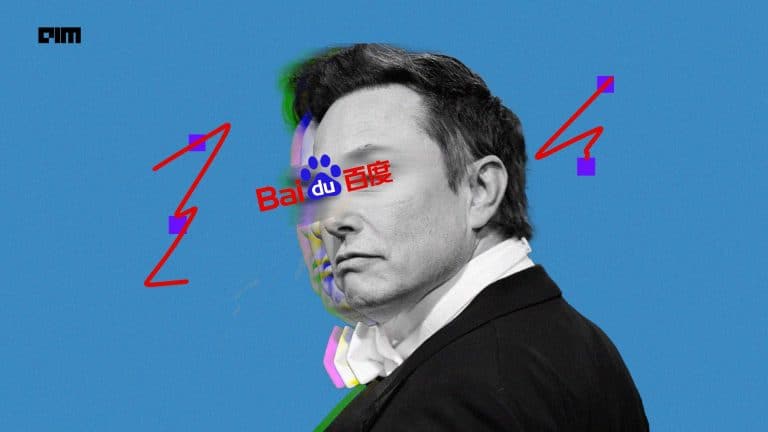|
Listen to this story
|
Machine downtime is a significant challenge in the manufacturing sector, costing industrial manufacturers between 5 and 20% of their productive capacity. The global cost of downtime runs into trillions of dollars annually, making it a critical issue for the industry.
A 2023 report by Siemens highlighted the escalating costs of downtime. Fortune Global 500 companies now face losses of around 11% of their yearly turnover, totalling nearly $1.5 trillion.
Understanding the Costs and Factors
According to Siemens’ findings, the annual cost of downtime per facility among Fortune Global 500 companies has risen by 65% in recent years, reaching a staggering $129 million per facility. The cost of a lost hour varies from industry to industry, with automotive plants experiencing the highest of over $2 million per hour. Similarly, the oil and gas sector has seen a doubling of hourly downtime costs to nearly $500,000.
Downtime incidents are influenced by a myriad of factors, ranging from equipment age and condition to maintenance practices, operator training, material quality, and environmental factors. Supply chain disruptions, human error, unplanned events, and software issues further compound the problem.
Identifying and addressing these factors presents low-hanging opportunities for manufacturers to reduce downtime and improve operational efficiency.
The Role of Generative AI
In recent years, advancements in AI have opened up new avenues for addressing downtime challenges. Generative AI, powered by advanced models like LLaMA, BERT, Falcon, GPT-4, and Gemini, offers an innovative approach to tackling downtime.
Generative AI can analyse vast amounts of operational data to identify patterns, predict potential downtime events, and recommend proactive maintenance strategies. By fine-tuning these models with real-time data and leveraging the RAG AI framework during the proof-of-concept stage, manufacturers can experience a significant reduction in downtime incidents.
Early successes have shown a 3-5% decline in machine downtime within the first quarter of implementation. This motivated plant managers to increase their investment in generative AI initiatives, bringing additional data sources to improve model accuracy and relevancy.
With the help of LLMs like GPT-4 and Gemini and, RAG, shop floor employees get access to actionable information and real-time insights. Through mobile or web applications, employees can access troubleshooting workflows, escalation SOPs, and interactive Q&A sessions, expediting the recovery process and ensuring adherence to best practices.
Training Workforce and Measuring Impact
Empowering the workforce is another critical aspect of making the most of generative AI. Regular training workshops for maintenance technicians, operators, and managers are essential. Adherence to standard operating procedures (SOPs), scheduled servicing, and maintenance protocols further enhance operational resilience.
Both hands-on and classroom training are common in the manufacturing sector, ensuring each employee has access to essential documents and resources.
To validate the effectiveness of AI solutions, it’s crucial to measure its impact on key performance metrics such as Overall Equipment Effectiveness (OEE), Mean Time to Repair (MTTR), Downtime Frequency, and Scrap Rate. Integrating generative AI into the manufacturing processes not only reduces downtime but also enhances productivity, operational efficiency, and decision-making capabilities.
The Final Word
In conclusion, the urgency of addressing machine downtime in manufacturing cannot be overstated. By leveraging generative AI, adopting proactive measures, empowering a skilled workforce, and continuously measuring and improving operational metrics, manufacturers can navigate challenges more effectively, minimise downtime, and maximise efficiency.
This journey towards resilience and innovation is imperative in today’s dynamic manufacturing landscape. This comprehensive approach, combining advanced AI technologies with strategic initiatives and workforce empowerment, paves the way for a more resilient and efficient manufacturing sector.
As industries evolve and challenges persist, embracing innovation becomes not just a competitive advantage but a necessity for sustained success. Generative AI offers a transformative path forward, revolutionising manufacturing processes and driving tangible business outcomes.













